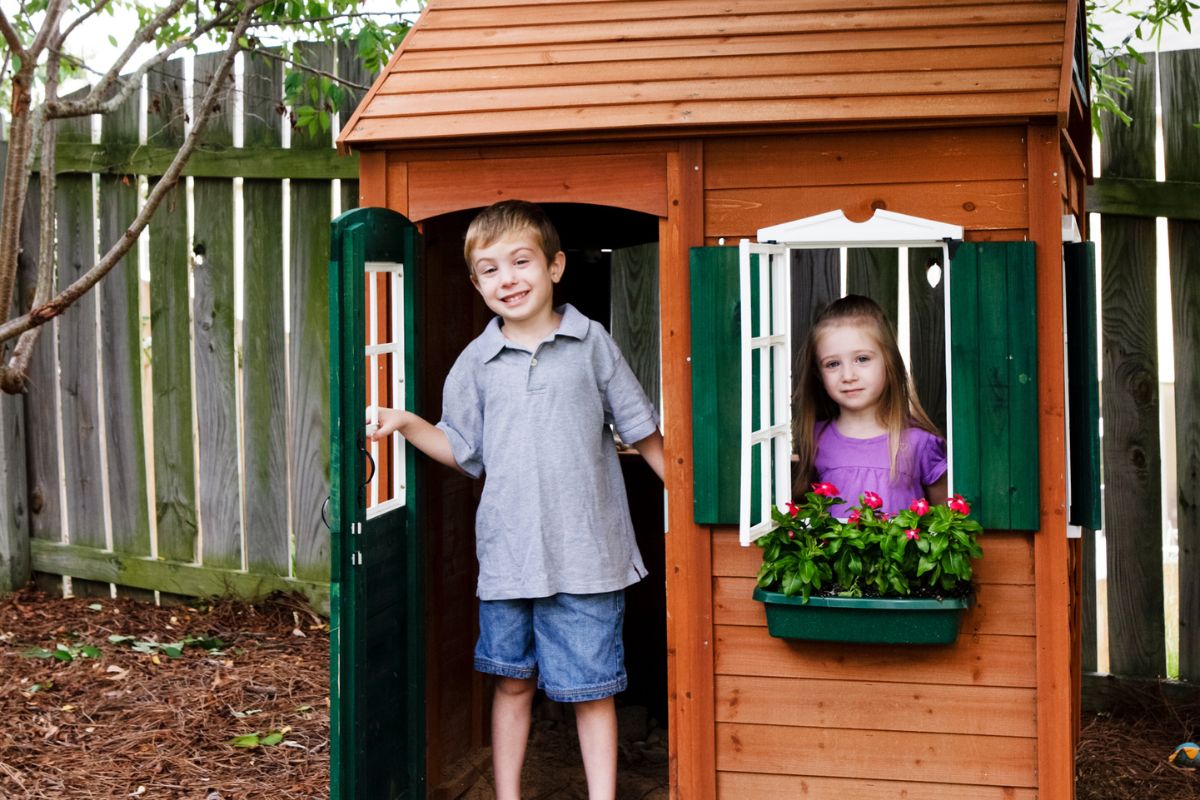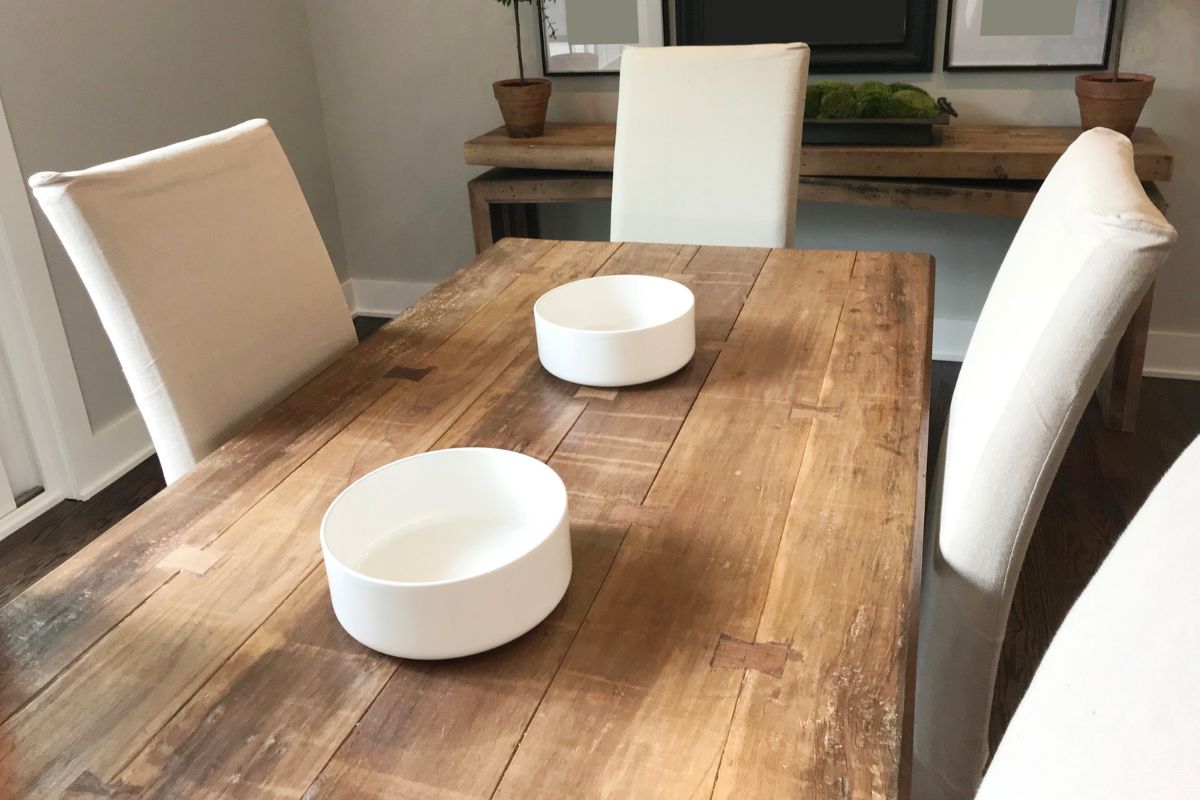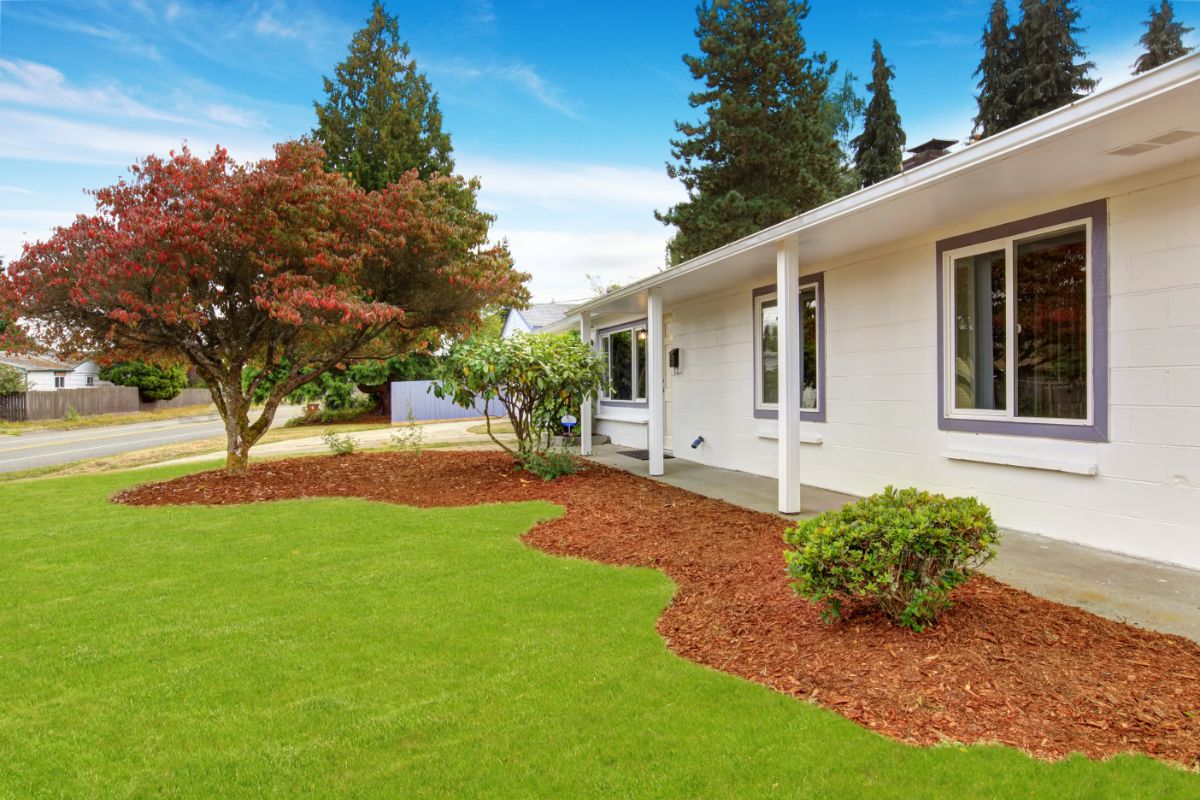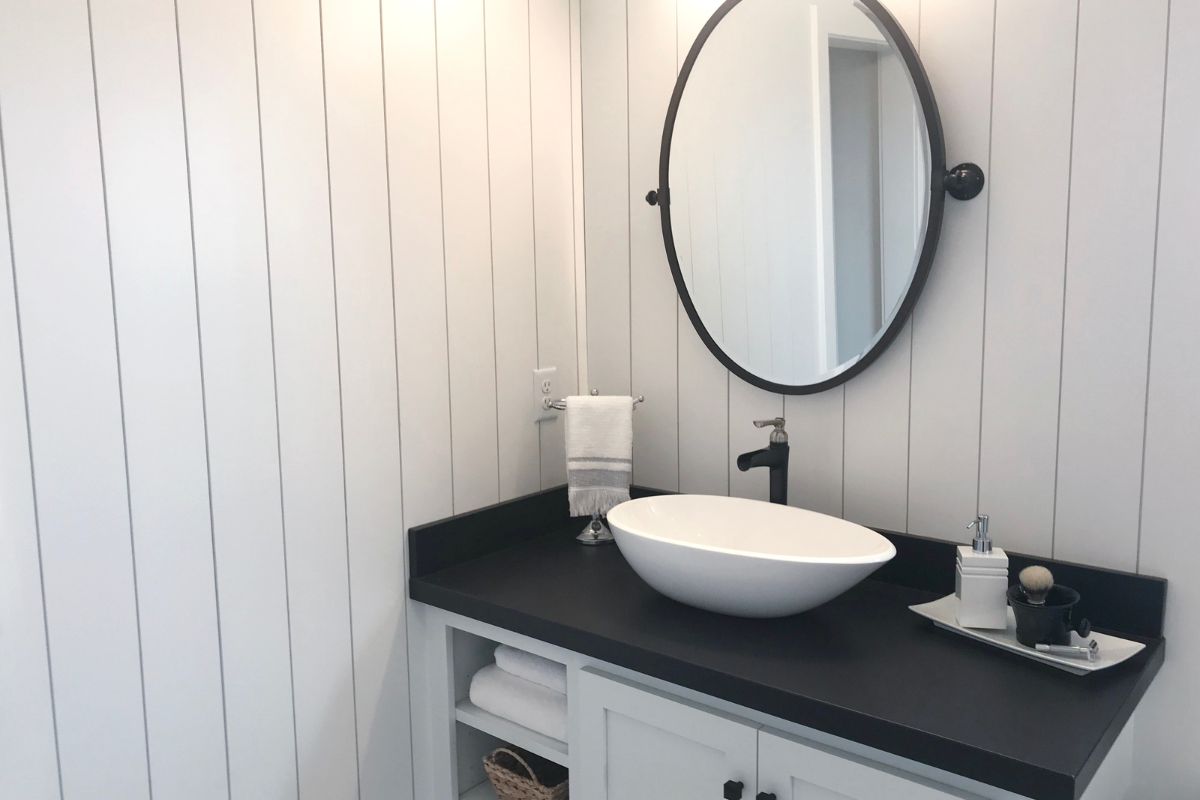Houses come in all shapes and sizes.
Yeah, hot take of the century right here!
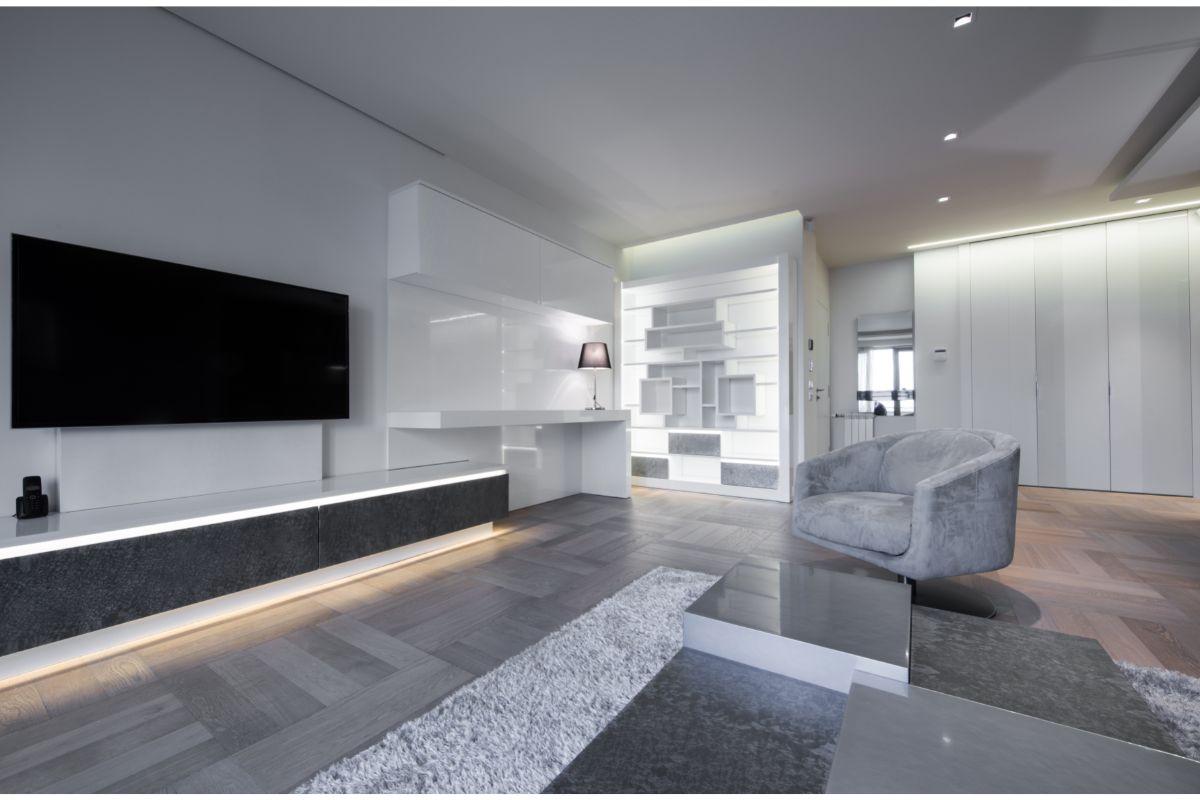
Still, it is a factor that should be considered when looking for a place to live and call your own. Especially if you plan on renovating them!
It often means that many plans or designs that you may have for your living room don’t quite work with what you have.
Imagine that, hypothetically, you had bought a new home that you plan on renovating.
You have plenty of ideas for what to do with the living room, only to find that it is another 4 or 5 feet longer than you anticipated, while also being about a foot or so less wide than your plans can accommodate for.
This is why it pays to have a variety of options for different room sizes. Even the big ones!
This guide that we have compiled will help you achieve the living room of your dreams, even if it is a little longer than you were expecting when you moved in!
1. Keeping Your Living Room Free from Clutter
Before we get any further into this list, we should probably cover something that pretty much every good housekeeper should know (and every parent of young kids dreads).
While having a long, narrow living room can feel like you have tons of space to work with, you also have to remember that narrow rooms fill up quickly.
This means that, when it comes to making sure that your living room feels as big as possible, you need to watch out for all the items that can potentially clutter it up.
Make sure that large decorative pieces are out of the room, or at the very least, made to work within a room where floor and space are at a premium.
You’ll be surprised just how much more room you’ll have to work with if you just empty your living room of the unnecessaries!
2. Form A Walkway In Your Living Room
Longer living rooms can often conjure the image of stepping into a long corridor, albeit one that you can sit and watch TV in.
So, when it comes to designing the most convenient ways of moving through these spaces, you may want to consider keeping your furniture and remaining decorations in positions that encourage that kind of movement.
With this type of arrangement, you don’t spend all of your time awkwardly shuffling around your couch or coffee table, replacing it with a nice, clear pathway for you to walk through, and pick your place of choice in your long living room!
3. Separate Your Home Into Zones
So, somewhat counter to the idea of creating a single pathway through your entire room, you may want to consider trying out zoning in your living space.
This can often be done with just a little tweaking of the positioning of your current furniture. Keeping your couch and TV in one section of the room, whilst placing your chairs and dining tables in another is probably one of the most recognizable setups in many modern homes
Now, this may feel like it’s at odds with the idea of creating a single pathway, but that isn’t necessarily the case. Having a pathway that runs alongside these zones gives you the best of both options.
Alternatively, if you feel that this won’t work, don’t hesitate to commit to just one style. Sometimes, homes are just built like that.
4. Using Objects To Create Boundaries
Similar to the last point that we covered, keeping your longer living room zoned can be a good way of separating parts of your day and domestic life, especially when a wall will not be able to do that.
This brings us to using your furniture to better facilitate this, by creating barriers between these spaces.
These are not literal barriers, of course, but they delineate between parts of a room and their different functions.
Having your couch face away from a dining table and chairs is just one example of this concept in practice.
5. Getting The Right Furniture For Your Space
Outside of the placement of furniture for your living room, we should also probably talk about the furniture itself!
Although a little creative thinking and placement will often go a long way into making a room more habitable, sometimes a piece of furniture that you may love just won’t go in your home.
For example, you may love a good L-shaped couch, and want one for your own. But if your living space is very narrow, you’ll likely find that it doesn’t make for easy movement around the room.
At least, not without a lot of creative thinking!
So, try and make sure that you have the appropriate items for your room in the first place. Comfortable, but narrow couches. Tables that don’t have ridiculous amounts of overhang. Chairs that can shave just a little bit off their width and length for extra floor space.
These are the ideas that you should keep in mind!
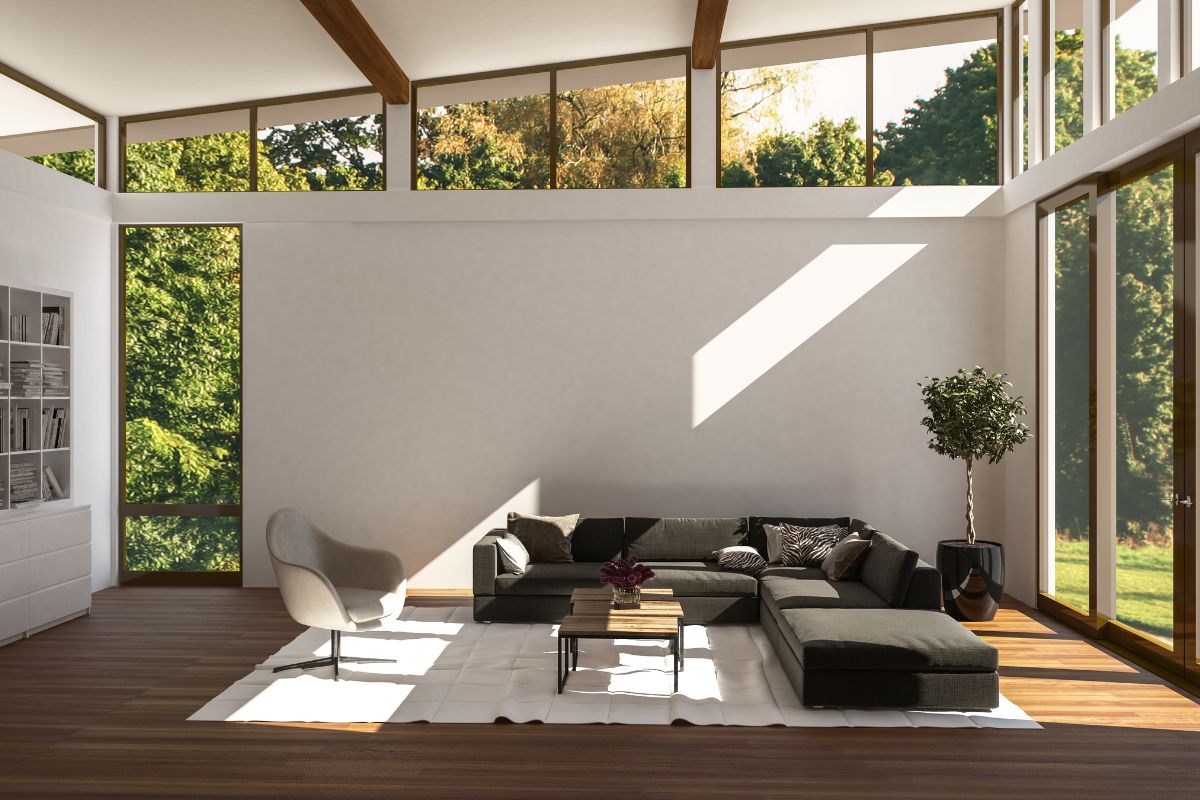
6. Creating A Curved Pathway Through Your Room
There’s more than one way to carve a path out of your living room, however.
We’ve already mentioned how a straight path makes for easy travel around a living space. However, creating a clear path for pedestrians to travel doesn’t need to be limited to just one direction!
By positioning your furniture and other items in a way that allows a person walking through to gently curve around, you still have a direct and easy way to move through your living room, while also getting rid of the long, extended tunnel effect that many longer living rooms can have.
Plus, this also achieves the effect of naturally zoning your living space through your furniture, if you position it right!
7. Keep Your Furniture Grouping Alternated
Similar to the curving path, this technique with your furniture allows you to still maintain a clear path for movement through eh space, whilst also not causing your room to feel too crowded or busy in one portion.
One of the issues with creating a straight floor way plan for your seating is that it runs the risk of making your straight pathway feel like a corridor in itself.
This strategy, plus the curved path we just discussed, are great ways of managing the space in your longer living room, whilst still making it feel familial and cozy too, you know, live in!
8. Go Big, & Go Bold
This is one for the people who love their homes as a way of showing their character echoed in their living space.
Of course, when it comes to interior design, the final decision is always up to you.
So, when designing or renovating a room, people love to add their twists. That’s kind of the main appeal of a good renovation, outside of modernizing an older house!
Plus, longer living rooms have more than enough space to handle that extra decoration, so don’t be afraid to express yourself through your living room!
9. Furniture Away from your Walls
Having furniture up against the wall might seem like a good way to save on space, and it can be with the right room layout.
However, in many cases, it can often leave you feeling like your floor space is even smaller than it is.
Plus, pushing couches, coffee tables, and other items to the wall only accentuates just how long your living space is.
Keeping those items away from the wall will help your living room feel a little more even in its distribution.
10. Use Circle-Shaped Furniture Pieces
Longer horizontal lines, like having a lot of furniture against walls, have the effect of elongating (at least to our eyes) a room more than it is.
So, in this instance, if you want to make your room feel a little more evenly proportioned, you should try replacing your more square or rectangle-shaped furniture with rounder objects.
Tables and chairs can be found in shapes like this, although finding round couches may be a little trickier!
11. Getting The Right Lighting
So, we’ve talked at length about finding a way to make your room feel more like size and shape that you are comfortable with, but what about making sure that it’s lit right, so you can see it in the first place?
Longer rooms are generally more difficult to light from one or a few light sources, so make sure that you consider how exactly you’re going to do that in these types of living rooms.
Having a few extra lamps would help, but also consider using lighter and warmer tones of paints. They can help more light travel around the room better.
12. Good Use Of Mirrors
Following on from the last point, don’t be afraid to use mirrors in your living room.
Not only can they help light up your room using fewer sources, but they also create the effect of opening it up more too.
Final Thoughts
So, try one or two of these ideas out for yourself, and see what works for you!
- The Woodworkers Guide to Brad Nailers: Everything You Need to Know - September 25, 2023
- How To DIY An Aztec Garden Dining Table [The Easy Way] - October 18, 2022
- Farrow & Ball Pigeon: Is It Right For Your Home? - October 17, 2022



